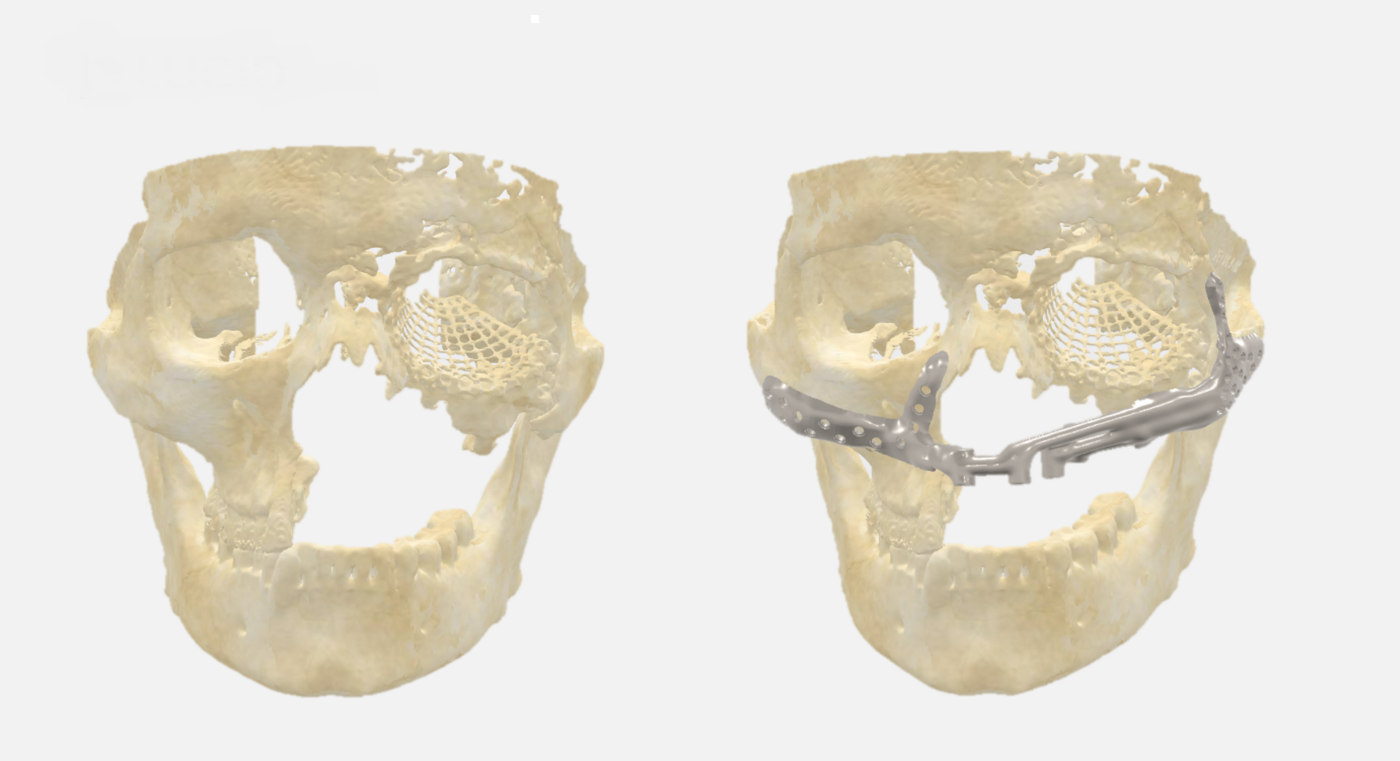
Mucormycosis Rehabilitation
It is a fungal condition that is also called a black fungus. It is most commonly found among the elderly immunocompromised people. It is crucial to get proper treatment since mucormycosis can be dangerous if left untreated. Although this infection affects the maxilla, depending on the source of infection, it can appear in any portion of the oral cavity. Mucormycosis rehabilitation of the maxilla spreads quickly, resulting in palatal bone necrosis and perforation. Mucormycosis is severe and dangerous among diabetics because of a weakened host defensive mechanism.
- Facial swelling on one side
- Nasal or sinus congestion
- Teeth and jaw deterioration
- Headache
- Congestion in the nose or sinuses
- Pustules on gums
- Black-colored discoloration on the bridge of the nose and palate
The fungus has been found to emerge in the upper jaw or maxilla area in the majority of cases. It can quickly spread into the nasal cavity, eye socket, and brain from here.
As a result of a nasal cavity infection, oral cavity involvement generally manifests as palatal ulcers or necrosis, followed by palate perforation.
If you notice your teeth moving for no apparent reason, pus discharge on your gums, or any type of nasal discharge, you should see a doctor very once. Effective treatment includes thorough and repeated surgical debridement of necrotic tissue as well as systemic antifungal treatment.
Patients with such conditions are generally treated with bone grafting and free flap surgery. When treatments are delayed, the palatal prosthesis can be used as an interim therapeutic method to avoid nasal regurgitation and intake of food or fluids. Mastication, speaking, and swallowing are also improved by the palatal prosthesis.
